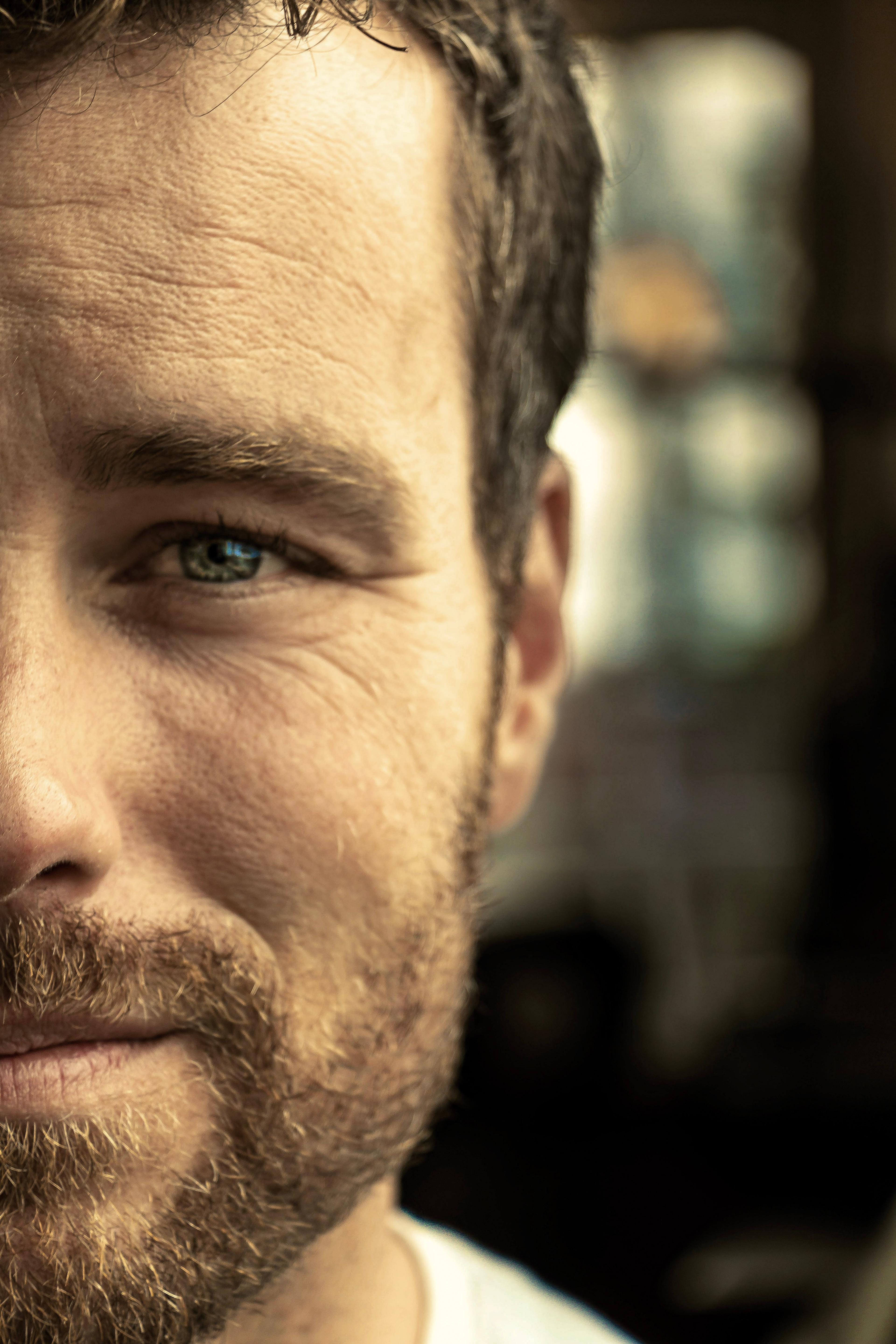We generally think the pressure to look great is only felt by women, but the truth is that more men than ever are turning to aesthetic treatments to look their best. So, what non-invasive treatments do men opt for, and why?
Men and aesthetic treatments
Before we start looking at specific treatments, let's take a look at the numbers. According to figures released by the British Association of Aesthetic Plastic Surgeons (BAAPS - oh the irony!), there were 51,140 cosmetic surgery procedures in the UK last year. Of those, 4,164 were performed on men - that's almost twice the number of men having cosmetic surgery compared to a decade ago.
What has also changed is the type of procedures men are opting for and some clinics on Harley Street are also reporting a 50% increase in non-surgical procedures - a trend they believe is here to stay.
There are a few reasons why more men are interested in getting some help with their looks. For example, in general, we are far more accepting of cosmetic treatments, and male celebs are happy to talk about the nips and tweaks they've had. But, it's thought that the rise of sharing pictures on social media sites is also playing a part. Quite frankly, if your partner is looking amazing after a few tweaks and fillers, you really don't want to look like a bag of spanners next to them. We also have a much better understanding of how we age, and how to age well.
Cosmetic treatments for men?
While many treatments are suitable for both men and women - fillers and laser hair removal are popular with both sexes - there are a few minimally invasive procedures designed with men in mind...
Non-surgical jaw augmentation
If you don't have a particularly strong jawline and would like more prominent, enhanced features, non-surgical jaw augmentation (jawline contouring) is for you. While young men are opting for this treatment, it's particularly popular with those over 40. As men get older, their jawline becomes less prominent and chiselled, which can be ageing. This "lift" produces a more youthful look.
So, what is non-surgical jaw augmentation? Well, dermal fillers are injected into the jaw to redefine the area, bringing back a stronger, more youthful aesthetic. This is a non-surgical treatment that can be carried out in a lunch break. Ideal!
CoolSculpting
You already work out, but you have stubborn areas of fat that just won't shift, no matter how much you train - or how much kale you eat. Well, there are a few fat-busting, non-surgical treatments on the market, and while they are pricey, the effects are considered long-term, so it's a great investment.
CoolSculpting is one such treatment. As the name suggests, it uses controlled cooling to freeze and eliminate stubborn fat cells beneath the skin. Originally, doctors noticed that children who ate a lot of ice lollies had more sunken cheeks. After further investigation, they found that fat cells are more susceptible to cold than other types of cells. So, cooling stubborn pockets of fat causes the fat cells in the area to die.
While you might feel a little chilly, the procedure is painless - you might feel a bit of tugging as the fat pocket is vacuumed between two cooling plates, but this is more of a weird sensation than a painful one. You may need a course of treatments to get the best outcome, but most patients are able to return to work straight after the treatment, so it doesn't have the downtime associated with more invasive surgical procedures like liposuction.
PRP for hair loss
Thinning hair can be a real blow to confidence, but hereditary hair loss is common among over 50% of men in the UK as they get older. And while hats and hairstyles can help, they aren't a permanent solution.
But PRP therapy can boost hair growth, helping restore self-esteem. PRP stands for platelet-rich plasma - this is the concentrated platelets taken from our blood. Sounds weird, I know, but because it contains growth factors, PRP helps stimulate hair growth and thicken the existing hair on your head.
Blood is taken from your arm and put into a centrifuge and, when removed, the platelet-rich plasma is injected into the head to get to work. You may need several sessions over the course of a few months, but the results can be great.

